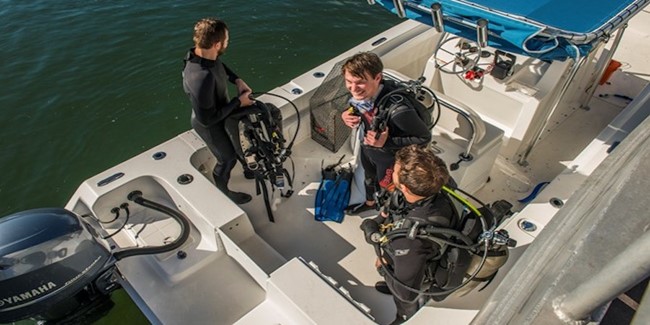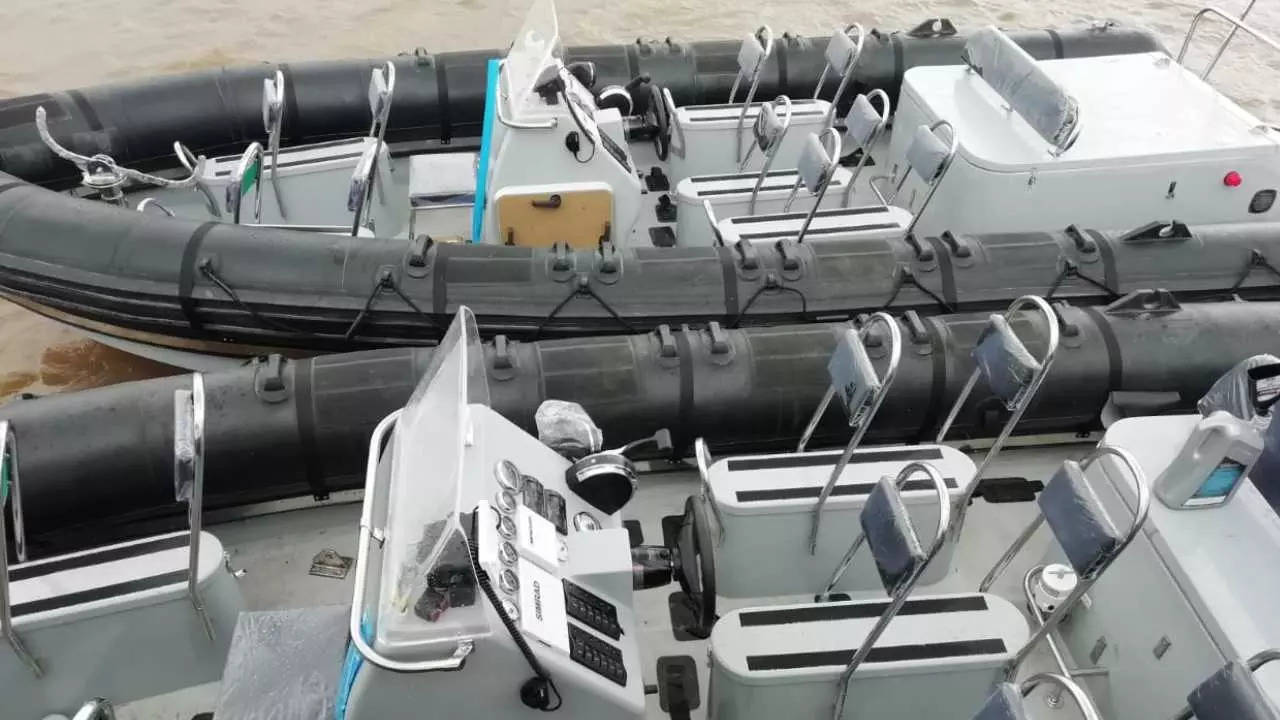Do you know how a boat operates? Most people don’t think about it too much, but boats are actually quite complex machines. There are many different parts that work together to create a functioning vessel that can traverse the open waters. Whether it’s an electric motor or a gas engine, each boat has its own unique way of getting from point A to point B.
Electric Boats
These are the most common type of boat, as they’re quiet and don’t produce emissions. At the heart of every electric boat is a large battery that stores electrical energy. The battery is connected to an electric motor, which can be either in the front or back of the boat.
When the motor is turned on, it starts spinning a propeller that’s submerged in the water. The propeller pushes against the water, and this propels the boat forwards. Electric boats are typically used for short trips, as they have a limited range before the battery needs to be recharged.
An electric boat also contains a series of electronic components that help it operate. These include a speed controller, which regulates how fast the propeller is spinning; and a throttle, which is used to control the boat’s speed. There are also several safety features, such as an emergency shut-off switch that can be used to stop the motor in case of an accident.
To control the direction of an electric boat, you use a rudder. This is a large flap that’s located at the back of the boat, and it can be moved from side to side. When the rudder is turned, it causes the boat to turn in that direction.
Gasoline Boats
While electric boats are becoming more popular, gasoline-powered boats are still the most common type. These boats typically have a much longer range than electric boats and can be used for both leisure activities and commercial purposes.
Gasoline boats work in a similar way to electric boats, with a propeller that’s powered by an engine. The main difference is that the engine in a gasoline boat is fueled by gas rather than electricity.
The engine in a gasoline boat is usually located in the back of the vessel, and it’s connected to the propeller with a shaft. The engine powers the propeller, which pushes against the water and propels the boat forwards.

Just like electric boats, gasoline boats also have a rudder that’s used to control the direction of the vessel. However, gasoline boats also have something called a throttle. This is a lever that’s used to control the speed of the engine, and it’s typically located near the steering wheel.
Troubleshooting
First of all, it’s important to note that failing to do enough research, which includes reading boat and yacht reviews online, can result in you buying the wrong kind of vessel for your needs. It can also result in you purchasing a faulty vessel that will cause you a lot of trouble in the long run.
If you’re having trouble with your boat, there are a few things you can do to troubleshoot the problem.
If you’re having trouble getting your boat to start, there are a few things you can check. First, make sure that you have a full gas tank and that the engine has oil. If the problem persists, you may need to take the boat to a qualified mechanic for further diagnosis.
You may also want to check the boat’s battery if you’re having trouble with the electric motor. The battery should be properly charged, and all of the connections must be secured.
If the boat starts but won’t move, there may be a problem with the propeller. Check to see if the propeller is submerged in water and that there’s nothing blocking it from spinning. You should also check the speed controller to make sure that it’s working properly.
Ultimately, if you’re having trouble with your boat, it’s best to consult a qualified mechanic who can diagnose and fix the problem. Trying to troubleshoot the problem yourself can often make it worse, so it’s always best to err on the side of caution.
Boats have a relatively simple operating system. Understanding the basics of how they work can not only help you troubleshoot any issues that may arise but can also help you better understand how to operate the vessel.
Author
Steffy Alen


